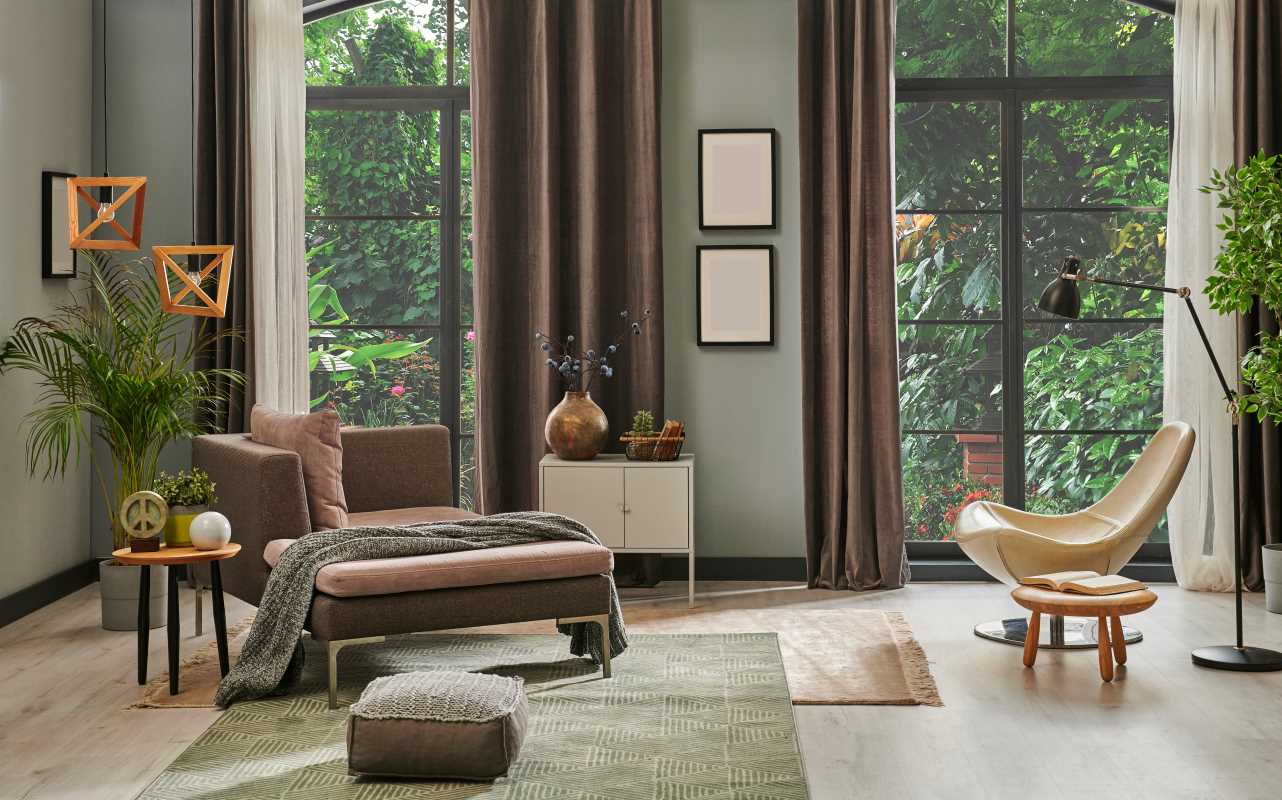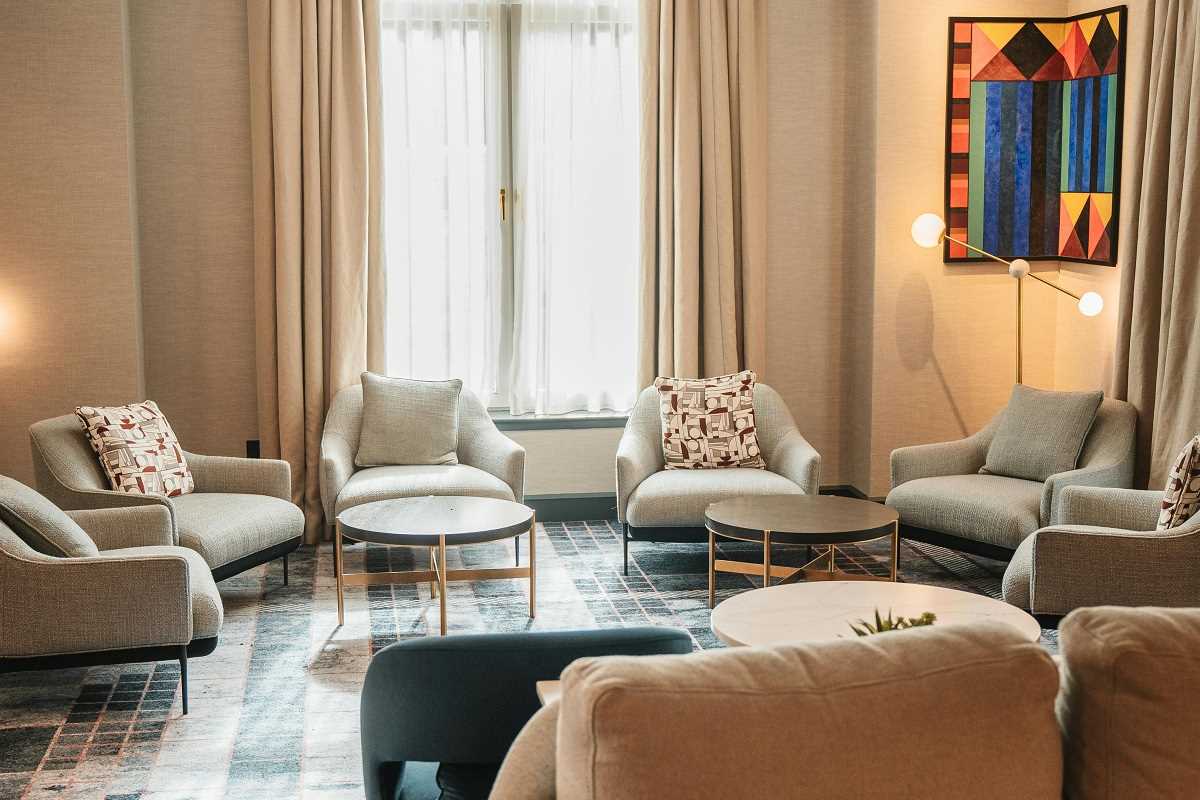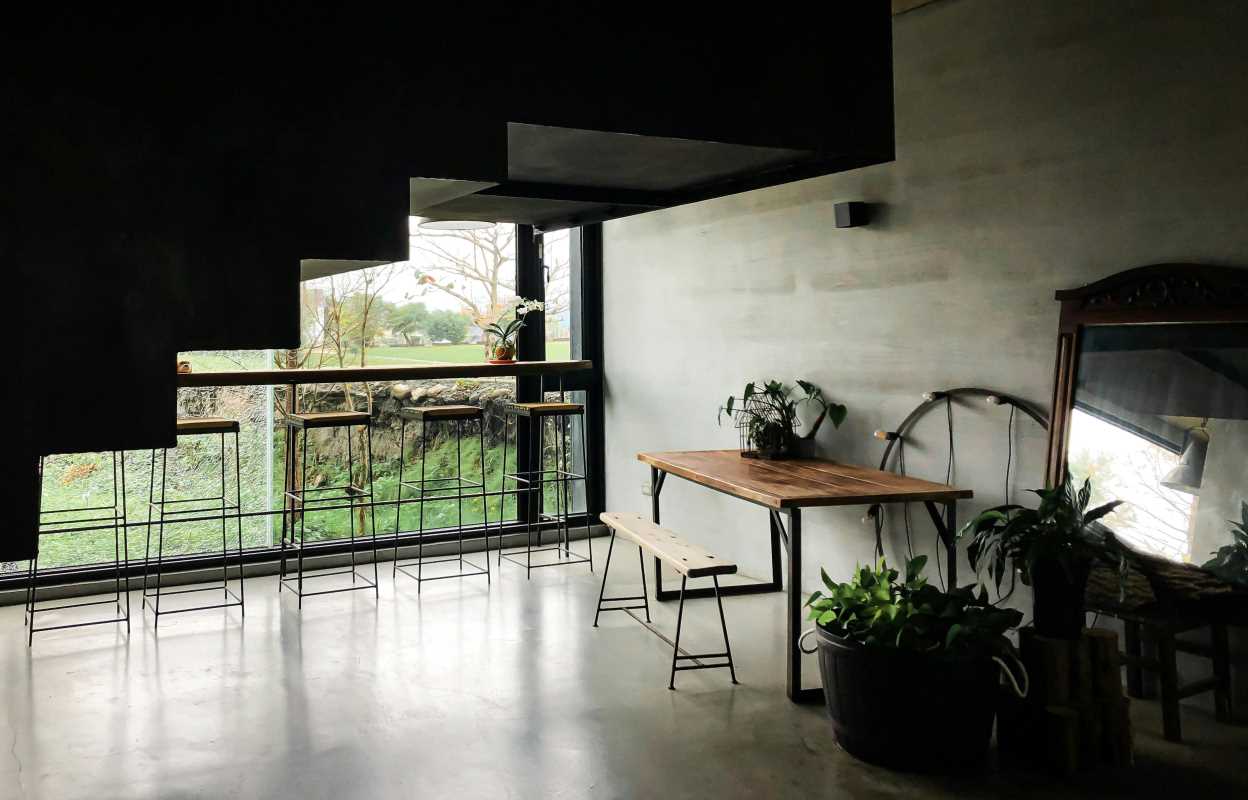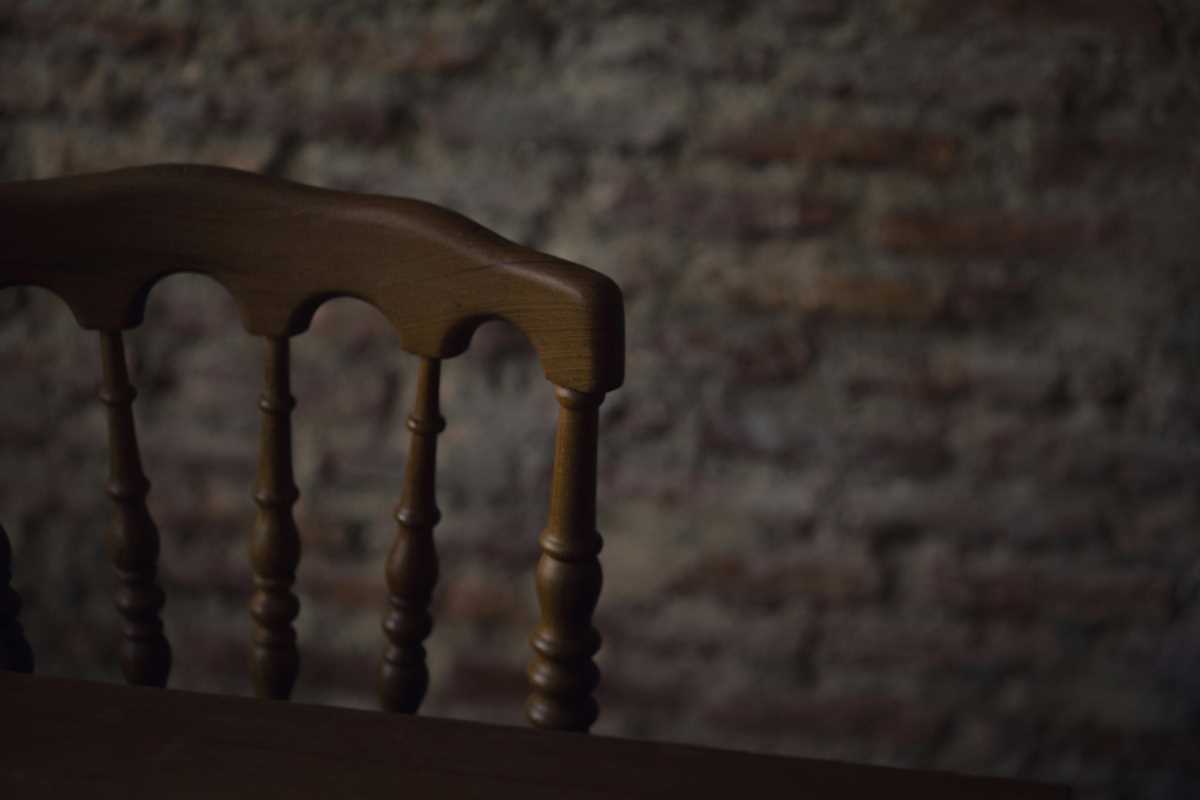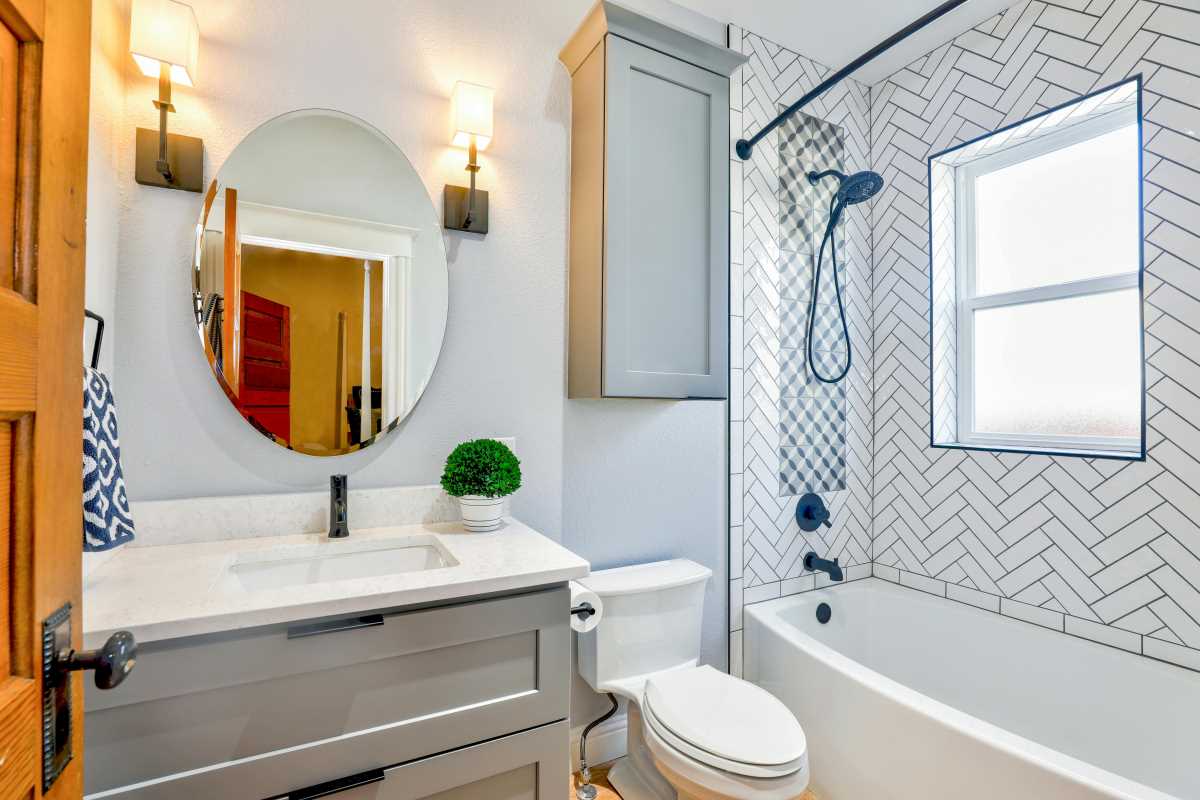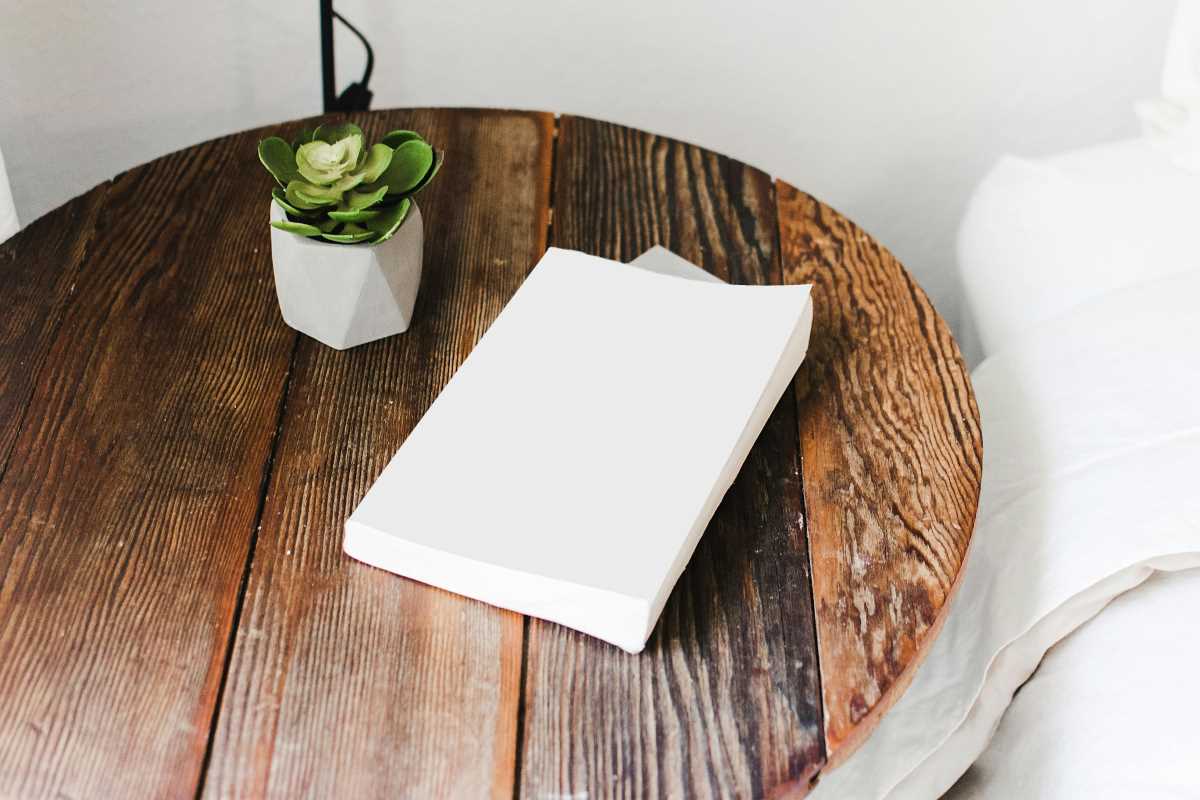Your living room is the heart of your home, a space for relaxation, conversation, and expressing your unique style. While sofas and coffee tables are essential, a striking piece of art can truly elevate the room, turning a simple wall into a powerful statement. An accent painting is more than just decoration; it’s a focal point that can define the mood, color palette, and personality of your entire living area.
Choosing to build your room around a single piece of art can feel like a bold move, but it’s one of the most effective ways to create a polished, intentional design. This guide will walk you through how to select the right painting, place it for maximum impact, and style your furniture and decor to create a beautiful, cohesive space where your chosen artwork truly shines.
Selecting Your Statement Painting
The first step is finding a piece of art that you genuinely love. This painting will be the star of the show, so it should be something that resonates with you and reflects your personal taste. Don't worry about matching it perfectly to your existing decor; instead, focus on finding a piece that speaks to you.
Consider the Mood
Art has the power to evoke emotion. What feeling do you want your living room to have?
- For a Calm and Serene Space: Look for abstract paintings with soft, blended colors, or landscape scenes featuring tranquil oceans or peaceful forests.
- For an Energetic and Vibrant Room: A piece with bold, saturated colors, dynamic brushstrokes, or an exciting abstract composition can infuse the room with energy.
- For a Sophisticated Atmosphere: Consider minimalist black-and-white art, classic portraits, or architectural prints for a timeless and elegant feel.
Size and Scale Matter
The size of your painting is crucial for creating a focal point. A piece that is too small will be lost on the wall, while one that is too large can overwhelm the room.
- Over the Sofa: A common and effective placement is above the sofa. As a general rule, the painting should be about two-thirds the width of the sofa.
- On a Blank Wall: For a large, empty wall, choose a significant, oversized piece that can command attention. Don’t be afraid to go big! A single large painting often looks more intentional and less cluttered than a collection of smaller ones.
Perfect Placement and Lighting
Once you have your painting, where you hang it and how you light it will determine its impact. Proper placement and lighting ensure your artwork becomes the undeniable centerpiece of the room.
Finding the Right Spot
- Hang at Eye Level: The center of the painting should be hung at average eye level, which is typically 57 to 60 inches from the floor. This makes the art feel connected to the room and its inhabitants. When hanging a painting above a sofa, leave about 6-8 inches of space between the top of the sofa and the bottom of the frame.
- Create a Central Axis: The most effective focal point is often on the wall you first see when entering the room. Placing your painting there immediately draws the eye and establishes its importance.
Illuminate Your Artwork
Lighting can transform a great piece of art into a spectacular one. You don't want your painting to be lost in the shadows.
- Picture Lights: A dedicated picture light mounted directly above the frame is a classic and elegant solution. It provides focused illumination that makes the colors pop.
- Track Lighting: Adjustable track lights installed on the ceiling offer flexibility. You can aim one or two spotlights directly at the painting to highlight it.
- Accent with Dimmers: No matter which lighting solution you choose, installing a dimmer switch is a great idea. This allows you to adjust the brightness to create the perfect ambiance for any occasion, from a bright daytime gathering to a soft evening glow.
Styling the Room to Complement Your Art
With your painting perfectly placed and lit, the final step is to arrange your furniture and decor to support it. The goal is to create a harmonious design where every element works together.
Build Your Color Palette from the Painting
Your artwork is the perfect source of inspiration for your room's color scheme.
- Pull Out Key Colors: Select two or three colors from the painting to use throughout the room. A dominant color from the art can be used for an accent wall or a large piece of furniture, while secondary colors can appear in throw pillows, curtains, and other accessories.
- Use Neutrals as a Base: If your painting is very bold and colorful, balance it with neutral tones on your walls and larger furniture pieces like your sofa. Creams, grays, and beiges create a calm backdrop that allows the artwork to take center stage.
Arrange Furniture to Highlight the Focal Point
Your furniture arrangement should guide the eye toward the painting.
- Create a Sightline: Arrange your main seating to face the wall with the artwork. This naturally makes the painting the focus of the conversation area.
- Maintain Balance: While the painting is the focal point, the room still needs to feel balanced. If you have a large painting on one wall, consider placing a substantial piece of furniture, like a tall bookshelf or a credenza, on the opposite wall to create visual equilibrium.
Layer Textures and Finishes
Complement the visual texture of your painting with physical textures in your decor.
- Soften the Space: If your artwork is sharp and graphic, soften the room with plush rugs, velvet pillows, or a cozy knit throw.
- Echo the Style: If the painting has a rustic, organic feel, incorporate natural materials like wood, linen, and leather into your furniture and decor. The frame of the painting can also be a guide; a simple wood frame pairs well with other wood tones in the room.
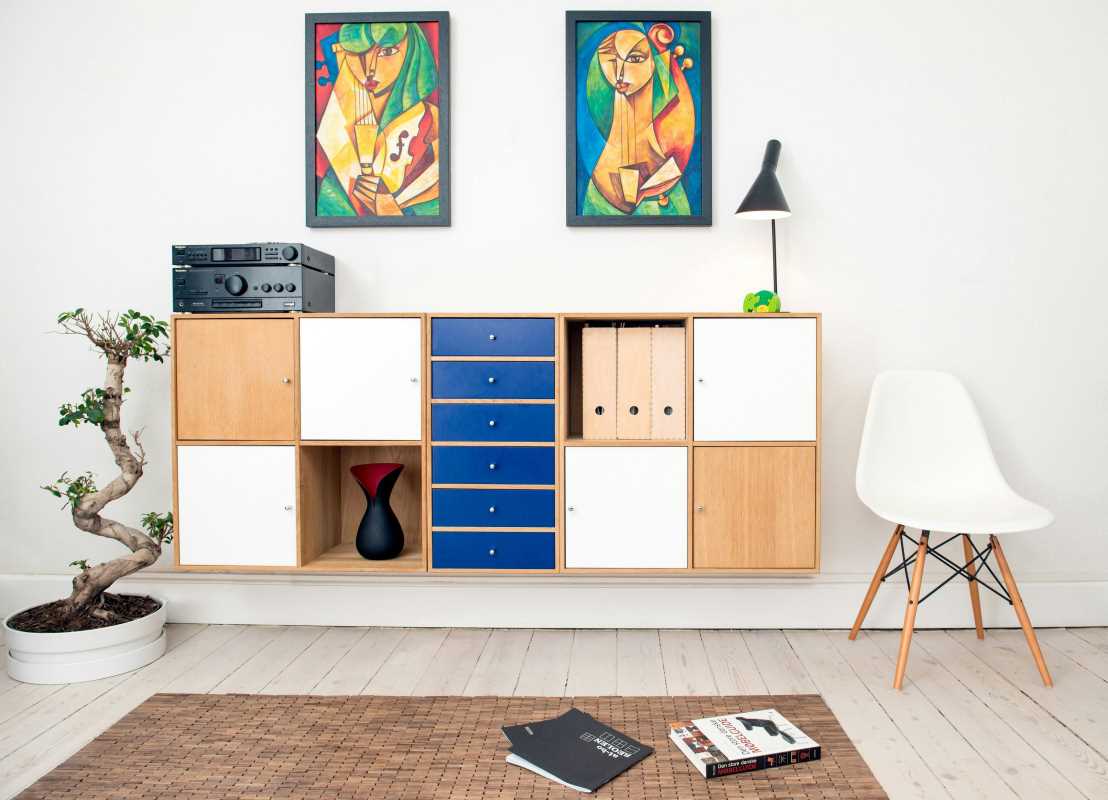 (Image via
(Image via